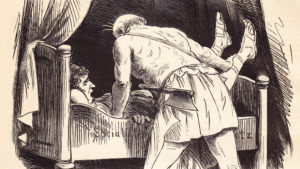TV shows like Lie To Me make it seem as though we can become expert lie detectors after memorising a few microexpressions and body language tells. There are TEDTalks and YouTube videos, viewed by millions, which also make lofty claims about our capacity to detect lies. Unfortunately, it’s not that simple.
According to psychologist Christine Gelitz, when it comes to accurately detecting lies, ‘The research literature…suggests that success rates are generally barely above chance.’
The most cited hit rate comes from a meta-analysis and is based on about 25,000 test subjects. They guessed right in only 54 percent of cases—just barely better than chance. For audiotapes alone, the success rate was 63 percent, which means it was significantly higher than it was for videotapes with or without sound. Apparently, the image distracts the viewer from noticing relevant clues.
Gelitz goes on to note that, professionals (e.g. police officers, judges, psychiatrists) do ‘no better than the proverbial person on the street.’
Another experiment also found that ‘Parents looking at their own children were no better at distinguishing the truth from a lie than were other parents or undergrads.’
Legal psychologist Kristina Suchotzki says ‘There is no such thing as a clear-cut sign of lying—only indications that may allow us to conclude that a lie may have been told’ (emphasis added).
Although our capacity to detect lies is limited, one things for sure: people claiming they can spot liars with a high degree of accuracy are probably lying (or, at the very least, deluding themselves).
Read the full Scientific American article, here.



